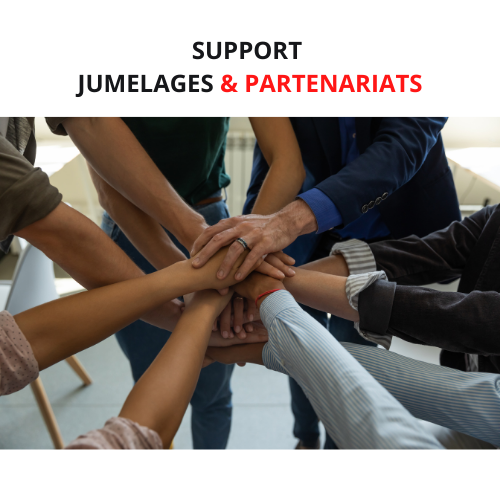Canada/ Tools to counter bullying in schools
The school year has just begun and, as has become tradition, every school informs students about the tools available to them to have a school year with as few upsets as possible. Unfortunately, bullying is one of them, and it's more prevalent than ever.
Jonathan Charbonneau, General Manager of the Centre de services scolaires de Sorel-Tracy (CSSST), reminds us at the outset thatin 2012, the Ministry of Education had asked schools to adopt a plan against violence and bullying in schools. "It wasn't a suggestion, but an obligation, and it turned out to be a good tool. It helped structure the school community's response to bullying," he believes.
Since then, both primary and secondary schools have adopted their plans. "Each school has put its own color on it, taking into account its particular environment," says Jonathan Charbonneau.
Currently, and as will be the case for the entire school year, Sorel-Tracy's two high schools are grouped under the same roof, increasing the potential for bullying situations. The principal of both Bernard-Gariépy and Fernand-Lefebvre high schools has noticed this. "There is no such thing as zero risk," says Patrick Lamothe spontaneously.
"Cases can come from anywhere, but we've centralized the drop-off points and we only have one reporting platform. We've made life easier for ourselves. We have a generic address (email) that is redirected to a response team, and we have 25 responders in all for our 2,200 students. What's more, there's always a psychosocial counsellor on call at the transition room. You can consult a counsellor not just for a bullying problem, but for any type of service," explains Mr. Lamothe.
Students can report bullying confidentially in person, by telephone or by e-mail, to the TTS (technician in social work). "The student can also contact any other adult at the school (teachers, principal, professional, support staff, etc.).cole, professionals, support staff), because prevention and intervention are everyone's business at school," says the principal.
At Fernand-Lefebvre High School, as is the case at Bernard-Gariépy, there are two components to bullying: prevention and intervention.
Prevention
In addition to the rules of good practice that are given to all students at the beginning of the year, the winning recipe for prevention, according to Patrick Lamothe, is to prevent bullying.According to Patrick Lamothe, the winning recipe for prevention is to involve young people in a variety of activities, be they sporting, cultural or otherwise, to ensure that they have a circle of friends. These ingredients act as a shield against bullying. "Young people who live in isolation become easy targets. Being surrounded is an excellent way of countering bullying. And if we don't want students to occupy us, we have to occupy them," believes Patrick Lamothe.
With regard to the code of conduct, which is communicated to students at the start of each school year, the process for reporting bullying follows a steady stream. "Yes, the rules and process are communicated to students at the beginning of the year, but educational activities are organized throughout the year.dagogical activities are organized throughout the year in connection with bullying or violence," explains Jonathan Charbonneau.
Intervention
In addition to a team of counsellors at the school, students can benefit from the help of Justice Alternative Pierre-De Saurel, an organization that offers services to citizens in general, but for some time now, to young people as well. They deploy specific projects in schools, such as "Des relations harmonieuses à l'école, c'est gagnant! "project at Bernard-Gariépy and Fernand-Lefebvre high schools, to develop students' social skills and find solutions to conflicts. Justice Alternative helps students develop their social skills and their ability to manage conflicts peacefully, thereby preventing violence and bullying.
The organization can help students manage their emotions and anger, assert themselves, develop the conditions for good communication and listening skills, resist peer pressure and manage conflicts peacefully. In addition, a citizen mediation support service is offered as a means of resolving conflicts between students and their peers.
Among girls, an increase in violence has been noted. "These are undoubtedly the most complex cases to deal with, and for complex problems, there are no simple solutions," says Patrick Lamothe.
What about bullying on school buses? School buses are an extension of the school environment," says Jonathan Charbonneau. Drivers are trained to accompany young people, to apply the measures that are in place. "
But bullying is not a one-way street. "Bullying and violence are not just a school issue. It affects the family, those around us. Good behavior starts at home. Everyone has to work together. It's true that we have an impact on the student, but if we set rules of conduct at school and there are none at home... Learning good behavior also comes from outside the school environment. It's important for parents and schools to work together," concludes the CSSST director.
Source: les2rives.com/


